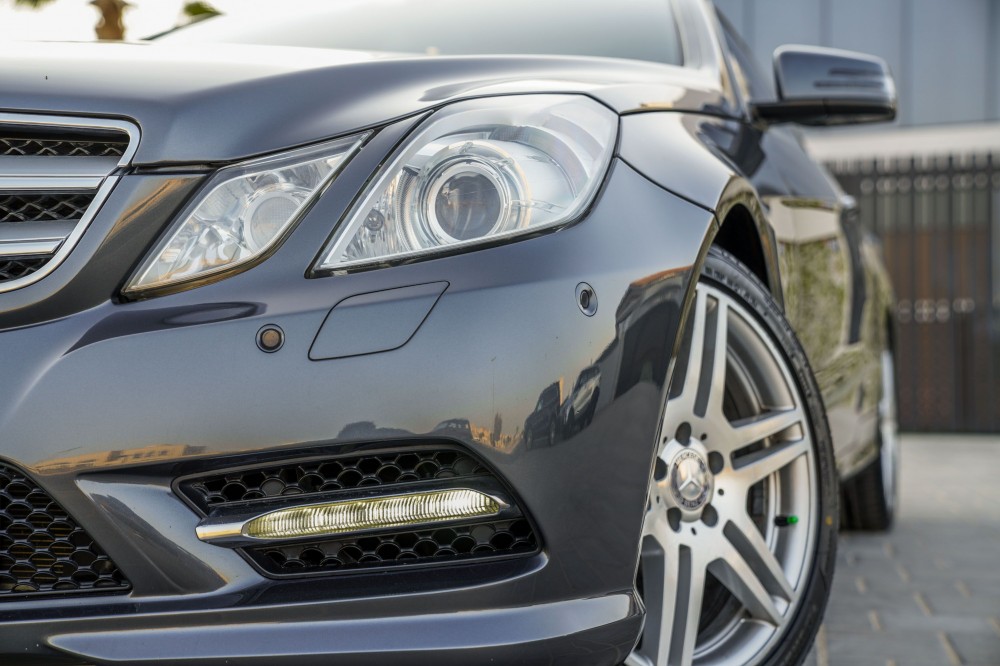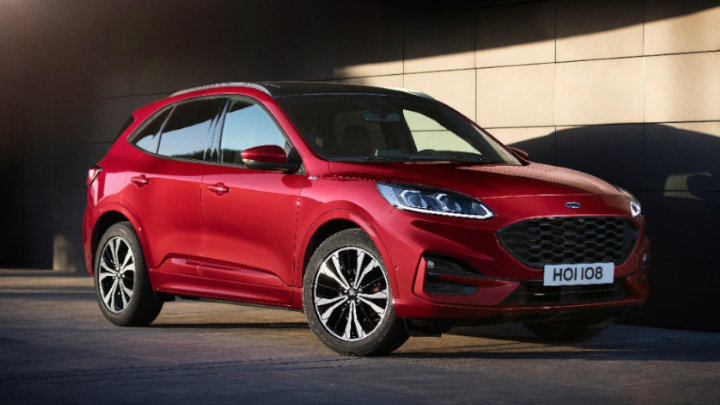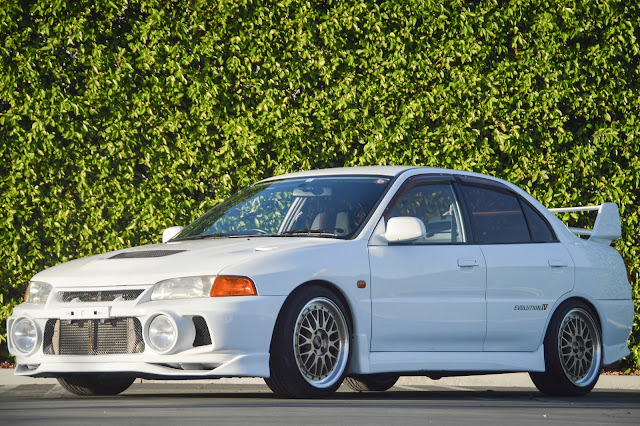We can evaluate the Quality of a car with the following steps. If at all possible, buy a registered secondhanded vehicle like used cars in rio linda. Bigger dealerships frequently provide dealer-certified second-hand cars, which can remove a lot of the uncertainty from the second-hand car purchase process. These cars have often been thoroughly inspected, are only a few years old, have only just a few years old, and only had a single owner.
A limited warranty that covers major repairs for two or three years often comes with registered autos.
A licensed car will almost certainly cost a very little bit more than a comparable-aged vehicle that has not been certified. Nevertheless, if you’re able to fit something into the income, the extra money can be worthwhile for the additional peace of mind.
- Carefully check the inside and outside for damage. The best time to check the car is when it is a sunny day. Examine the car’s exterior from all sides for signs of bodywork deterioration and tire wear. After that, look inside the vehicle for wear on the steering wheel, armrest, and leather.

Now is the moment to look at the details. No matter how little, any defects you discover might be utilized to bargain for a cheaper price on the car.
When assessing regular wear – and – tear, take the vehicle’s vintage and mileage into account. For instance, you would anticipate the shift lever and steering wheel to be in good condition if you were considering a vehicle that is 10 years old and has more than 100,000 miles (160,000 km) on it.
- Take a test drive in the vehicle. Any car should be test driven before buying, but a test drive for a secondhand car is absolutely necessary. Make absolutely sure the automobile can turn and backward properly all through this period, and that the brakes and engines are functioning properly.
- Get an impartial mechanic to inspect the vehicle. Have a specialist who is not connected to the dealer inspect the vehicle, even if it is a licensed vehicle, to ensure that everything is in working order.
- Check the vehicle’s title. A summary of the vehicle, the present boss’s information, and the mileage are all listed on the car title. The mileage shown on the name should roughly match, if not exactly match, the mileage displayed on the vehicle’s odometer if the title is new.
- Analyze the maintenance history information for the vehicle. You may not always find out everything about the prior owners’ maintenance practices in the title history record.



